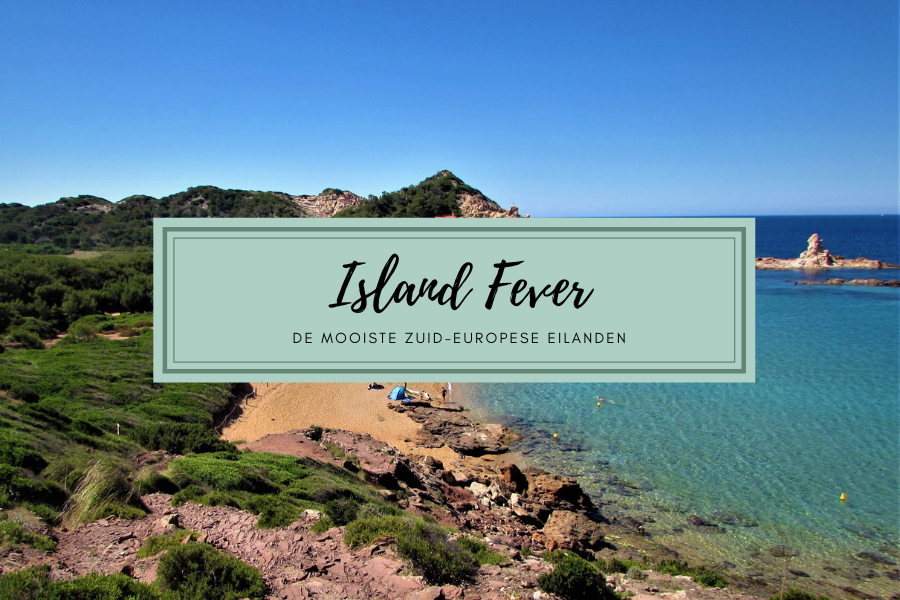
Island Fever: The Most Amazing Islands In Southern Europe
‘Another island?’ It’s no secret that I am extremely fascinated by islands. The proximity of the sea, a straightforward layout and often unique culture will never tire me.
The natural border of the sea and distance to the mainland create a small protected area: local products are crucial, cultural traditions are well preserved and in many cases islands even have their own language. There is a certain level of self-sufficiency required to live on an island and therefore a strong sense of community exists. It is no surprise that most of the so-called Blue Zones are islands; people here are healthier, happier and live longer! Get inspired by my personal favorites in Southern Europe!
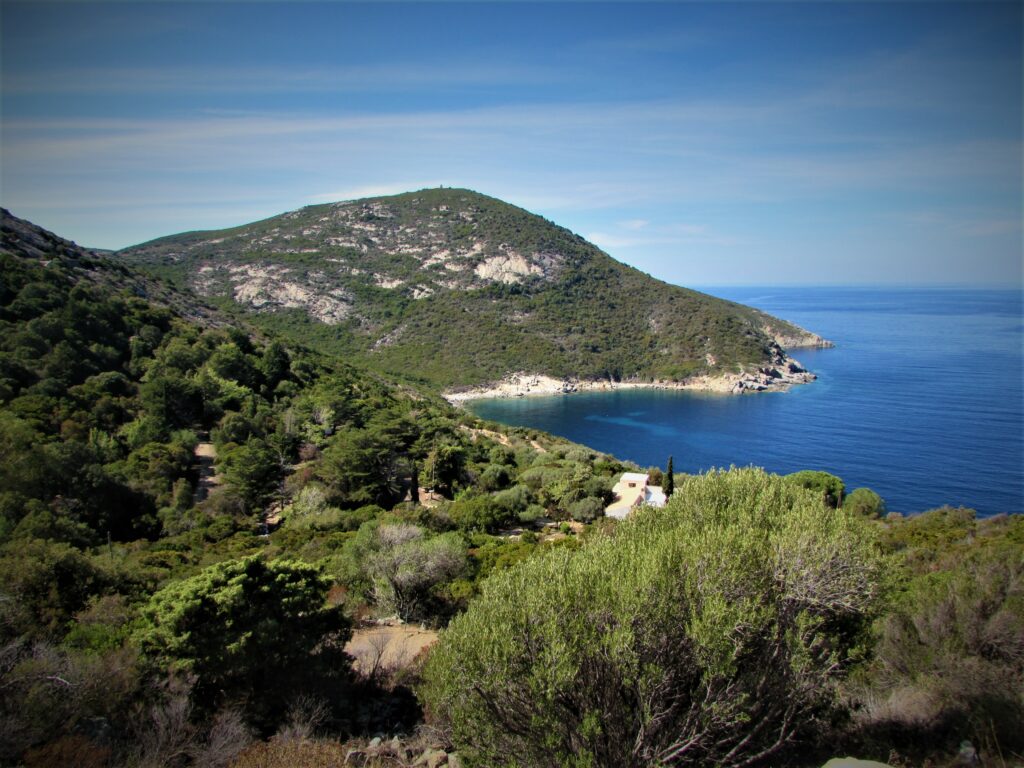
Corsica
Be honest; did Asterix and Obelix come to mind? Or maybe Napoleon? Often these are the first associations with Corsica, but actually few people know how incredibly beautiful it is. And that is a shame because I don’t think there any other islands as versatile as l’Ile de Beauté. High mountains with snowy peaks, picturesque mountain villages, secluded sandy beaches, dark forests, winding coastal roads high above the sea, protected natural reserves and the distinctive Maquis bushes everywhere around. Massive waterfalls and wild rivers in Bonifatu and Col de Bavella are perfectly suited for active sports such as canyoning and kayaking. Besides there is ample choice in stunning walks, of which the biggest challenge is the GR20, a hiking trail that crosses some of the highest peaks. Discover the inlands in the Balagne region or go for a breathtaking trip to villages Évisa and Ota where cows, wild hogs and goats greet you. During the last decennia there has often been trouble on the French island, but nowadays the political situation is much better. What remains is a proud nation which would still rather be independent than part of France. And it isn’t that hard to understand why: Corsica is a land in its own right with a unique culture that shares many elements with France, but is for instance also very similar to Italy. Make no mistake: Corsica is vast with enormous heights. To see the complete island you will need several weeks or more than one vacation. But don’t worry; you won’t need any excuse to go back soon…
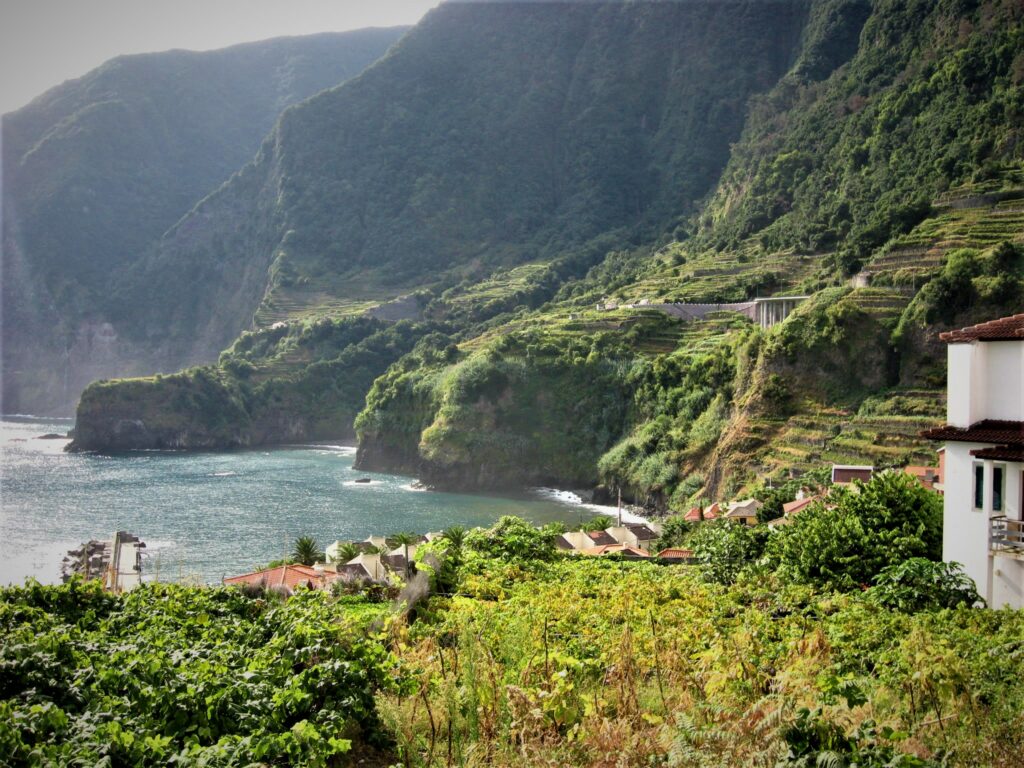
Madeira
Ask the local population of Portuguese island Madeira if they ever dream about independence and they will look at you with a confused expression. “Independent, why? We are doing great. On our own we wouldn’t make it.” Despite a healthy income from bananas, sugar cane and tourism, Madeira is for the larger part dependent on Portugal at almost a 1000 km away. This strong bond can be explained by the fact that the Portuguese were the first inhabitants and no native population was ever overrun or forced out. After the official discovery, in the 15th and 16th century the island became primarily an important layover for ships on their way to the Americas. Nowadays the “Flower Island” is best known for the beauty and delicious smell of flowers like roses, orchids and lilies and a bright green landscape due to frequent rains. The high level of humidity creates a mysterious fog that, combined with the sunlight, high mountains and Laurel forest makes for an almost ethereal image. Madeira offers countless walks that follow the old levada’s; an ingenious irrigation system to provide the lower regions with water from the mountains. Besides a few artificial beaches with imported sand, there aren’t many places where it is safe to swim. On the other hand there are a lot of ‘natural’ pools where seawater is collected in small basins. For a fun day out go to the almost cult like theme park in Santana with life-size bananas and examples of traditional houses. Now that the younger generation is more and more leaving the island, the small villages are left vacated. These abandoned ghost villages, completely overgrown old factories and decaying old coastal roads are now echoes of Madeira’s past.
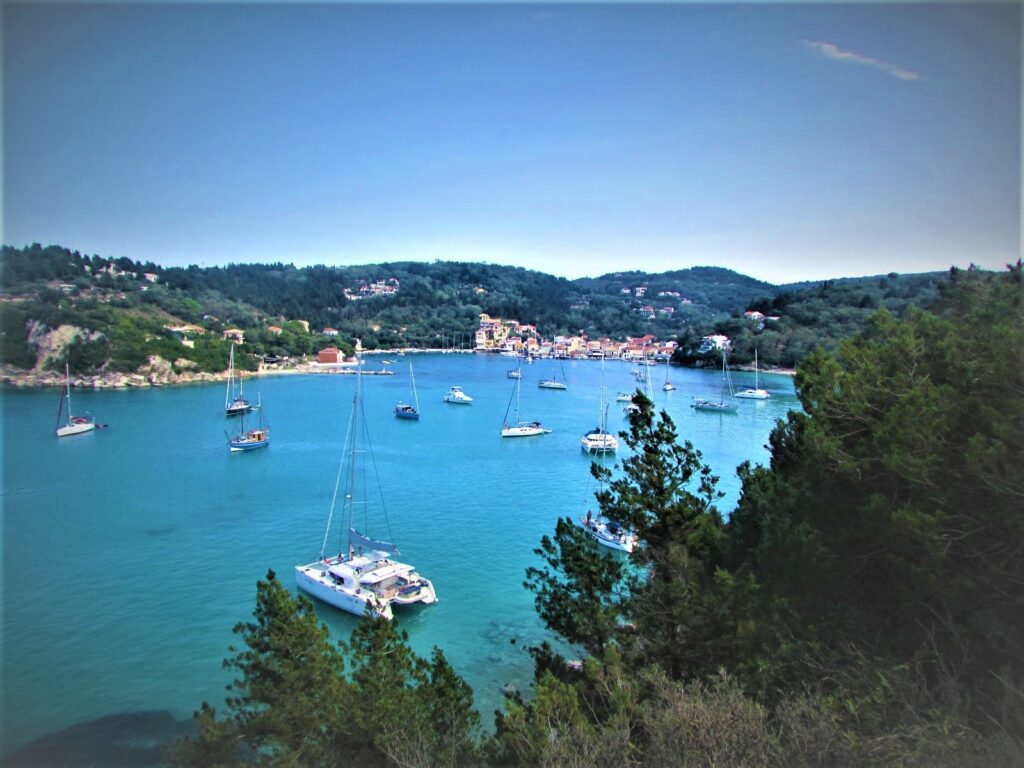
Paxos
Picture this: you are quietly strolling along a narrow pastoral road under the shade of low hanging olive trees. On the way you pass a few small chapels and farms to eventually arrive at a paradise like deserted beach with white sand and clear blue water. At night you go out to eat at a simple taverna in a small fishermen’s village with nothing but the rustle of the sea in the background. This is Paxos, a small Greek island below Corfu that can only be reached by boat. No karaoke bars, English breakfast or big hotels here, but peace, simplicity and beautiful nature. Paxos is with a mere 30 km² perfectly manageable. Everything can be reached by foot, mountain bike or by bus. An even better way to explore the island is by renting a small boat to visit all the secluded beaches and small island Antipaxos. Only once a week deliveries are dropped off from Corfu. This means that the small supermarkets only offer a limited range of products and that restaurants are dependent on the catch of the day or vegetables grown in their own gardens. Despite this challenge the local cuisine is rich with delicious traditional dishes. Loggos, with romantic outdoor seating, is without a doubt the prettiest of the three ‘bigger’ villages. Just be prepared when all the tables are shoved aside to make room for the bus to drive past. Many of the smaller hamlets haven’t been inhabited for years and steadily stone houses are taken over by ancient olive trees. Wish to stay longer on Paxos? No problem; many of these derelict ruins can be bought at a bargain price!
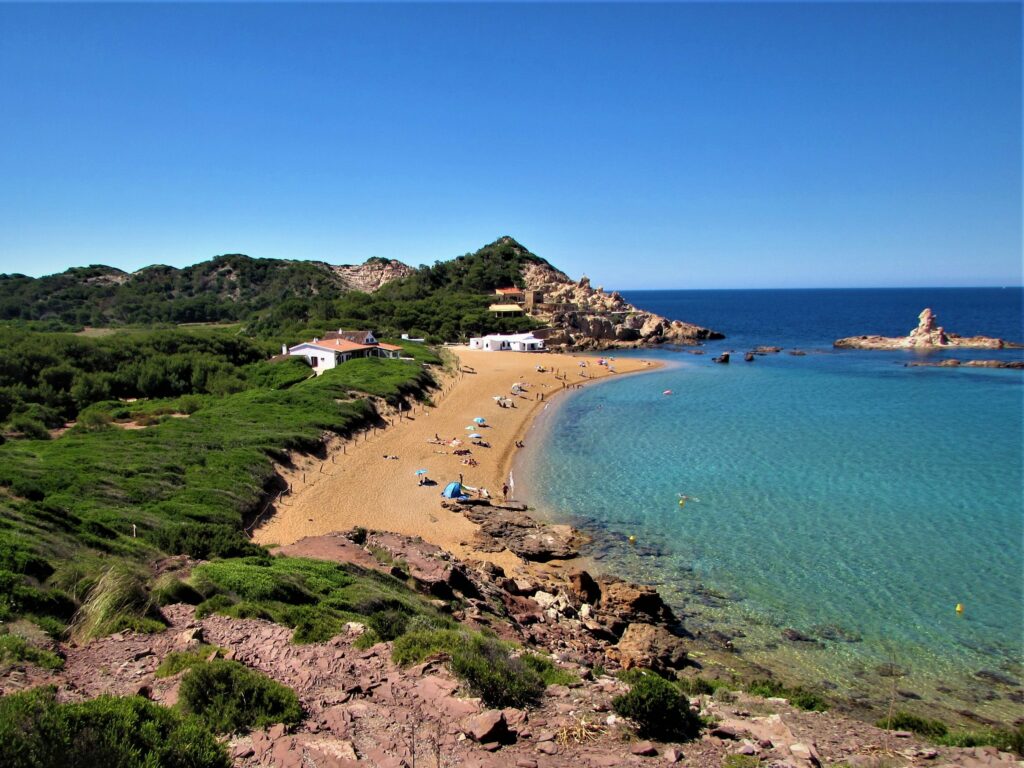
Menorca
‘Menorca… where is that exactly?’ The third Balearic island is often forgotten and that might not be a bad thing. Menorca, which literally means ‘smaller island’, has aside from a few family friendly holiday resorts been spared the mass tourism of Ibiza and Mallorca. What remains is unspoilt nature: a wild coast with idyllic bays, rolling hills, tranquil forests and beautiful nature reserves such as S’Abulfera des Grau. A perfect way to discover the island is by walking the Camí de Cavalls, a hiking trail that goes around the whole island in 20 stages that take 2 to 5 hours each. Besides walking, other good options to explore the island are cycling, horse riding and kayaking. By car you can reach most places within an hour when using the main road, but it is much more fun to take a tour on the back roads. Here you will come across many cheese farms and vineyards that often have a shop or restaurant and offer tasting tours. While Menorca is the smaller sister of the Balearic islands, it has the highest number of beaches which also happen to be some of the best in the Mediterranean. Most of these remote places do not have any amenities, but sometimes sellers will come by in a boat or by foot with fruit, cold drinks and even fresh mojito’s. Menorca’s biggest assets are the so called Talayotic monuments. These impressive prehistoric remnants, like the extensive village of Torre d’en Galmés or the necropolis caves at Cala Morell, have been left by peoples that lived here from 2000 BC and onwards. Menorca is without a doubt the hidden gem of the Balearic islands.

La Gomera
After an hour long ferry trip from Tenerife, suddenly a big green rock emerges from the fog and the boat starts rocking in the fierce wind. Your first encounter with La Gomera is one to remember. Still this fairly unknown Canarian island sees a limited degree of tourism. This is mainly due to the lack of an airport, but also because this volcanic island has no white sandy beaches. La Gomera is rough and wild: the coast is a natural pitch-black and is made up of huge boulders where menacing waves hit the rocks with heavy blows. This indescribable archaic beauty of untamed nature is the biggest asset of the island. It is visible in the deep barranca’s, but also in the protected Garajonay park where ancient Laurel trees with a thick layer of bright green moss wind around you. Visitors come here for peace of mind, but also to hike. With not one but two long distance trails, La Gomera is a true hiker’s paradise. It can get quite busy in base camp Valle Gran Rey, but on the rest of the island it feels as if time stood still. Small farmer’s villages that seem abandoned, goats that guide themselves to be milked, men on high ladders collecting the sap of palm trees, narrow streets with colonial houses and a limited network of roads. A particular interesting tradition is the whistle language El Silbo, which was developed when islanders needed a way to communicate with each other over huge distances and high mountains. You won’t need to perfect your whistling technique when you head out to La Gomera though; Spanish is still the main language.
*All photo’s by Kim Somberg.

